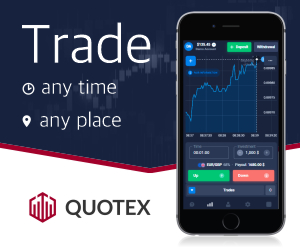The Complete Guide to Algorithmic Trading Strategies
Professional approaches to automated trading systems from market making to machine learning
Algorithmic trading now dominates financial markets, accounting for 60-80% of trading volume across major exchanges. This guide explores professional-grade algorithmic strategies that institutional traders use, adapted for retail traders with today’s accessible technology.
1. Market Making Strategies
The Liquidity Provider’s Edge
Market making involves continuously quoting both buy and sell prices to capture the spread. Advanced techniques include:
- Adverse selection protection: Adjusting quotes based on order flow toxicity
- Inventory management: Automatically skewing prices to reduce position exposure
- Latency arbitrage prevention: Microsecond-level quote updates
- Spread prediction: Forecasting spread width based on volatility
def calculate_spread(mid_price, volatility):
spread = volatility * spread_multiplier
bid = mid_price – (spread / 2)
ask = mid_price + (spread / 2)
return bid, ask
2. Statistical Arbitrage
Exploiting Price Relationships
Stat arb identifies temporarily diverged asset pairs that typically move together:
- Cointegration tests: Identifying pairs with long-term equilibrium relationships
- Z-score trading: Entering when spread exceeds historical standard deviations
- Portfolio optimization: Calculating hedge ratios for dollar-neutral positions
- Stop-loss mechanisms: Exiting when relationships fundamentally change
Note: Successful stat arb requires robust backtesting across multiple market regimes and careful transaction cost analysis.
Recommended Platforms for Algorithmic Trading
These brokers offer robust APIs and conditions for automated strategies:
3. Trend Following Algorithms
Riding Market Momentum
Sophisticated trend strategies go beyond simple moving averages:
- Volatility-adjusted positioning: Scaling size based on market turbulence
- Multi-timeframe confirmation: Requiring alignment across hourly/daily/weekly charts
- Dynamic stop-losses: Using ATR-based trailing stops
- Regime filtering: Only trading during trending market conditions
def trend_strength(prices, lookback=20):
returns = np.log(prices / prices.shift(1))
positive_days = (returns > 0).rolling(lookback).mean()
return (positive_days – 0.5) * 2 # Scale from -1 to 1
4. Machine Learning Approaches
Predictive Modeling for Trading
Advanced ML techniques in trading include:
- Feature engineering: Creating predictive inputs from market data
- Walk-forward testing: Robust out-of-sample validation
- Ensemble methods: Combining multiple models to reduce variance
- Reinforcement learning: Training agents to optimize trading decisions
Warning: ML strategies often fail in live trading due to overfitting. Focus on simple, interpretable models with solid economic rationale.
Strategy Comparison
| Strategy | Holding Period | Win Rate | Risk/Return | Tech Requirements |
|---|---|---|---|---|
| Market Making | Seconds-Minutes | 50-60% | Low/Low | Ultra-low latency |
| Statistical Arbitrage | Hours-Days | 60-70% | Medium/Medium | Cointegration testing |
| Trend Following | Days-Weeks | 40-50% | High/High | Volatility models |
| Machine Learning | Varies | 55-65% | Medium/High | ML infrastructure |
Implementation Roadmap
- Backtesting: Develop rigorous historical testing framework
- Paper Trading: Validate in real-time without risk
- Small Live Allocation: Begin with 5-10% of intended capital
- Scale Up: Gradually increase as performance proves robust
- Continuous Monitoring: Watch for strategy decay and market changes




